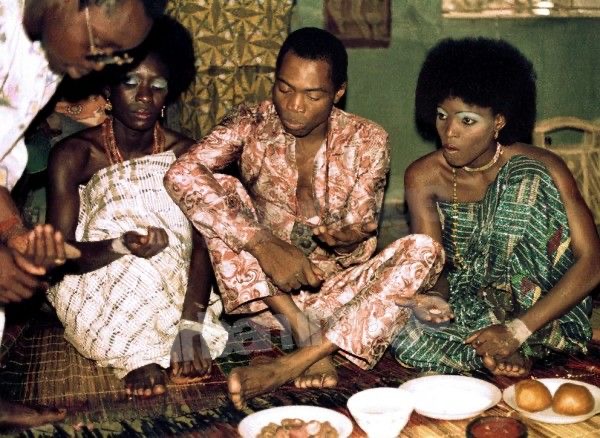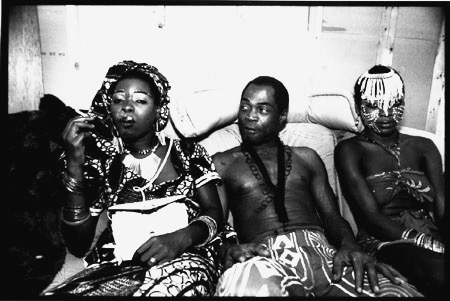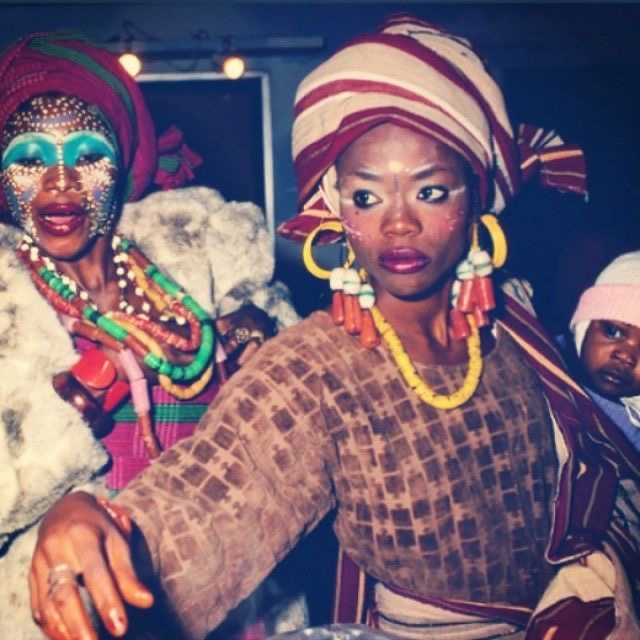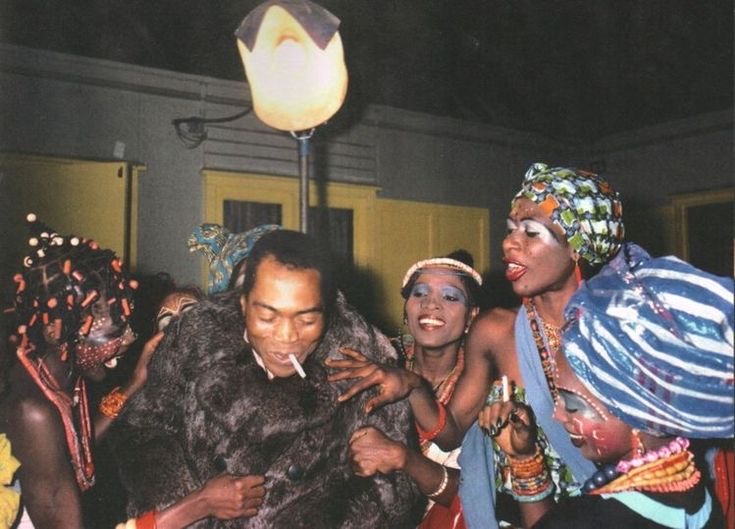For every defiant lyric Fela Kuti belted into the air, there were women who danced beside him, matching his fire with theirs, amplifying his performances as well as his politics. They were the Kalakuta Queens: the vocalists and dancers of Africa 70, women who lived with Fela, performed with him, stood by him, and suffered alongside him. In a world that loved the legend of Fela but often ignored the women behind the movement, their story is one of fierce loyalty and unshakable resilience.

It’s easy to overlook them as a backdrop, dramatic visuals behind a larger-than-life man. But that would be a mistake. The Kalakuta Queens weren’t props in Fela’s story; they were co-creators. Their style was revolutionary. Ankara wraps, waist beads, bold face paint, and glitter on their skin. They were often topless on stage, a choice that scandalised conservative audiences, but one Fela defended as a reclaiming of traditional African expression, free from Western shame. In a time when women in theatre and performing arts were denigrated as promiscuous, their choice of movements and attire (or lack thereof) was their way of saying: look at me in this body that’s mine, which moves how I want it to.
They lived in Fela’s compound, known as the Kalakuta Republic, a self-declared space of artistic freedom, political dissent, and anti-establishment energy. Inside, Fela composed music. The Queens rehearsed, cooked, cleaned, performed, and on at least one occasion, bore the brunt of the Nigerian state’s rage. When soldiers raided Kalakuta in 1977 — burning it down and beating its residents — many of these women were assaulted, arrested, and brutalised. Fela’s mother, the legendary activist Funmilayo Ransome-Kuti, was fatally injured during that raid. Some of them never fully recovered. But many of them never left.

The following year, 1978, in one of the most dramatic and most buzz – generating acts of rebellion ever witnessed in Nigerian music and pop culture history, Fela Kuti married 27 Queens in a single ceremony presided over by 12 Ifa priests. The media exploded. Critics rolled their eyes. But for Fela, it was symbolic; a way to keep them all together after the destruction of their home, a statement of cultural resistance, and perhaps even legal protection, as there are laws preventing testifying against one’s spouse.
The Queens helped define what Afrobeat looked like, long before music videos and Instagram aesthetics. Their style was raw, unapologetically African, and deliberately sensual. They helped Fela bring his vision to life, city after city, night after night. Yet, for decades, their names were footnotes. In 2017, Bolanle Austen-Peters’ musical “Fela and the Kalakuta Queen”s began reframing their story, centering the women who made Afrobeat not just sound good, but feel good. Since then, the raid survivors have spoken out, books have been written, and interviews have been granted.

To be a Kalakuta Queen was to live without apology. They weren’t sinners or saints; they were artists. They were powerful, magnificent women. They are part of the DNA of Nigerian music, and they deserve to be remembered.




